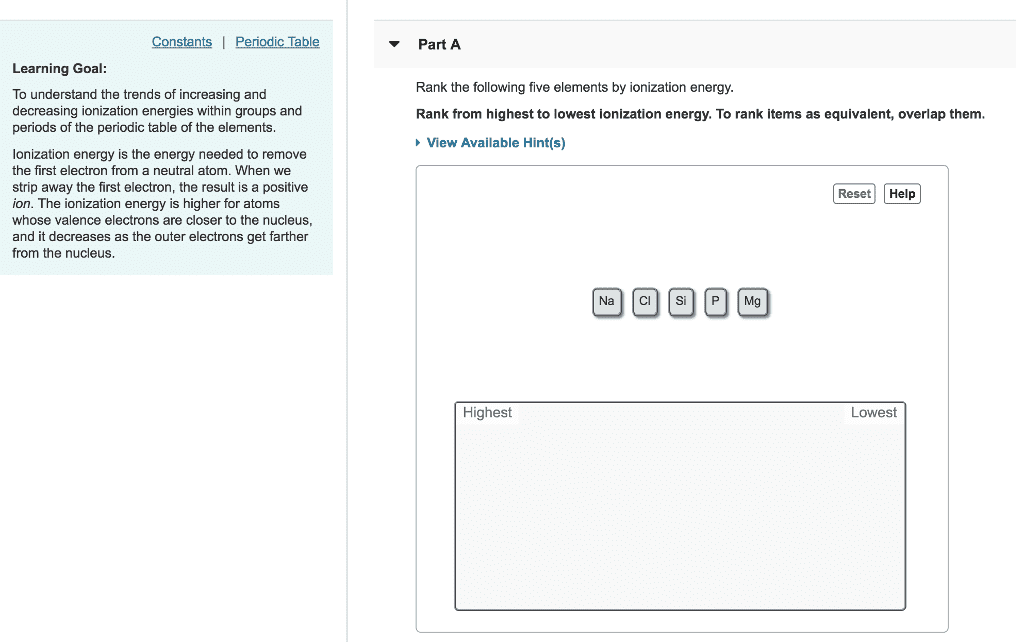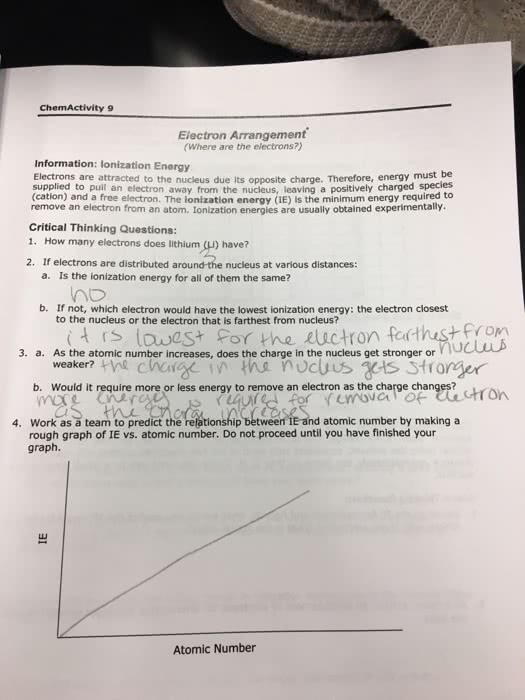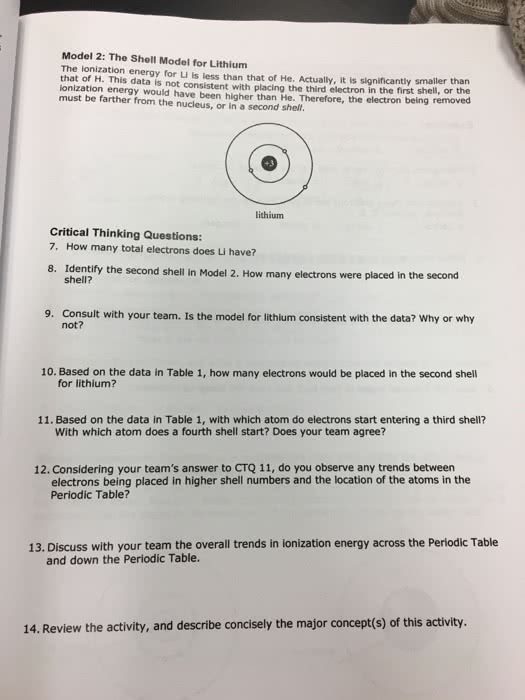CHEM 1040 Lecture : chem bonding and peroidic properties.docx
Document Summary
The energy needed to remove an e- from a gaseous atom (must be gaseous to remove. A(g) + delta (energy) a+ + e- As e- are removed, the corresponding ionization energies get much bigger. Going down periodic table, ionization energy gets smaller as the electrons are further away from the nucleus so they are less attracted to the positive charge. Going across periodic table, the ionization energy increases. Cesium in street lights are hit by photons from the sun, causing a release of e- The energy released when a gaseous atom gains an e- A + e- a- + delta e delta e is negative. Going across periodic table, electron affinity increases as the nuclear attractions for its e- is very much increased. Atoms expend more energy to gain e- to get octet e- arrangement. Going down the periodic table, electron affinity decreases as the nucleus is less willing to give energy to gain e-




